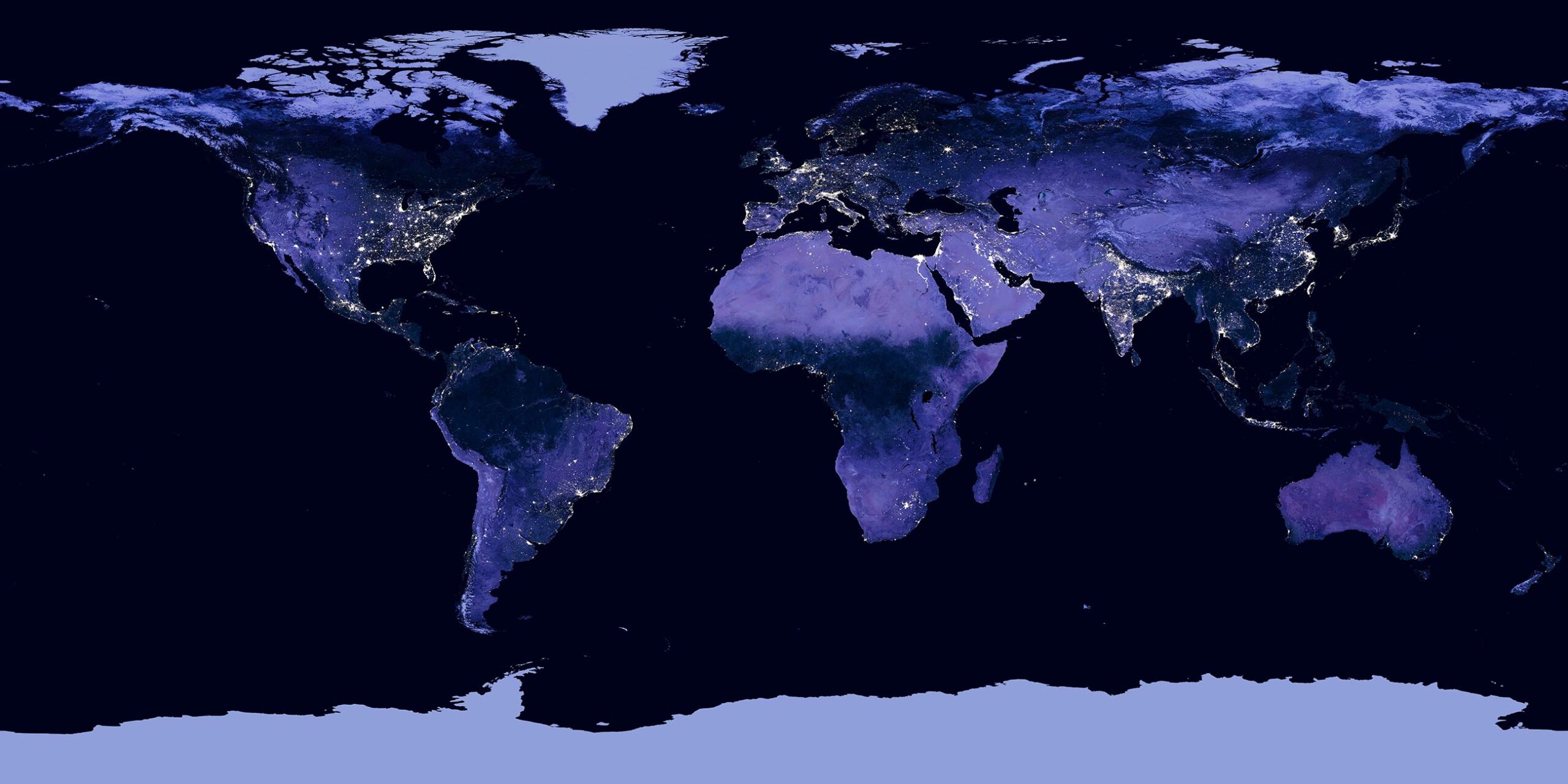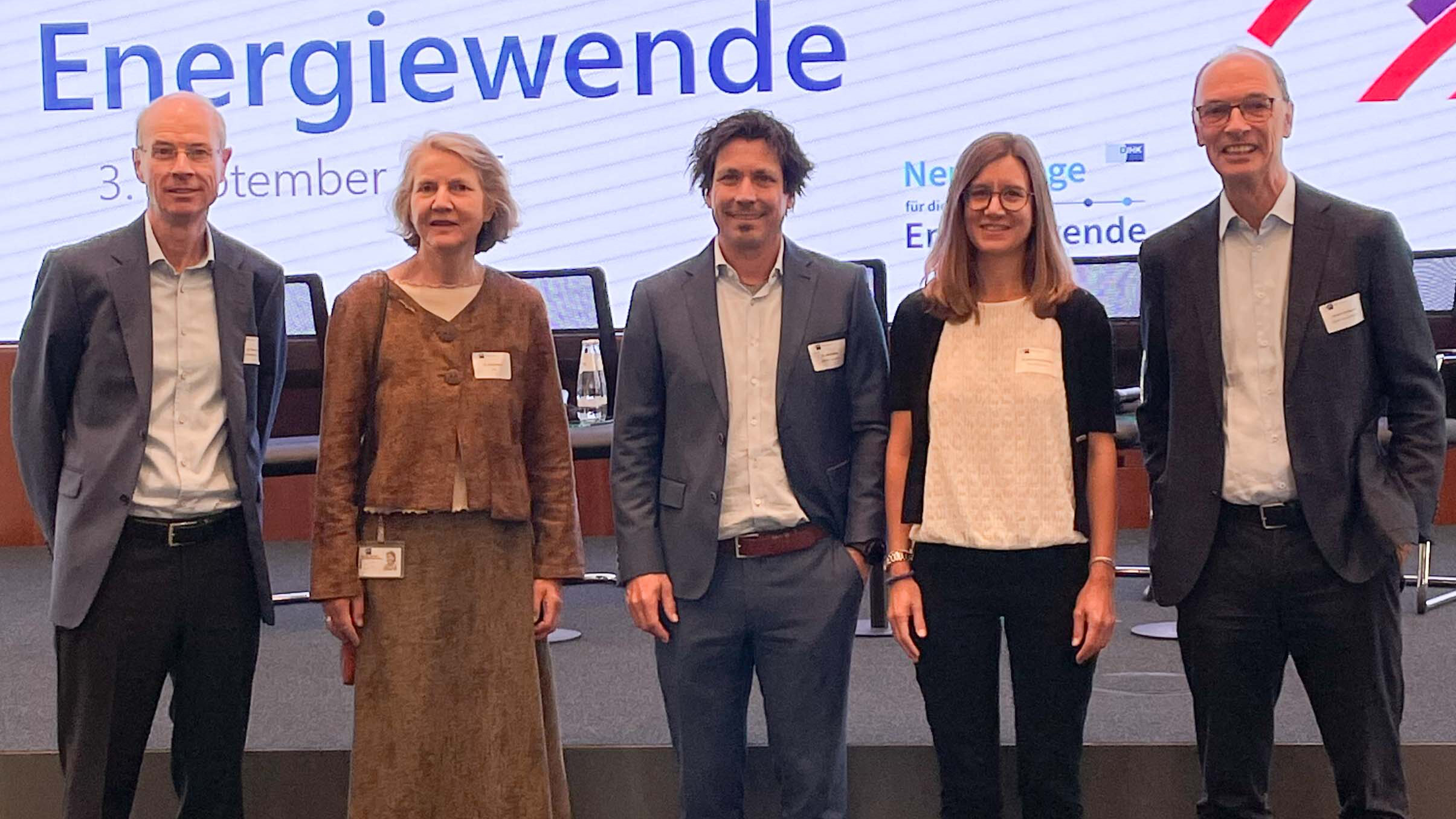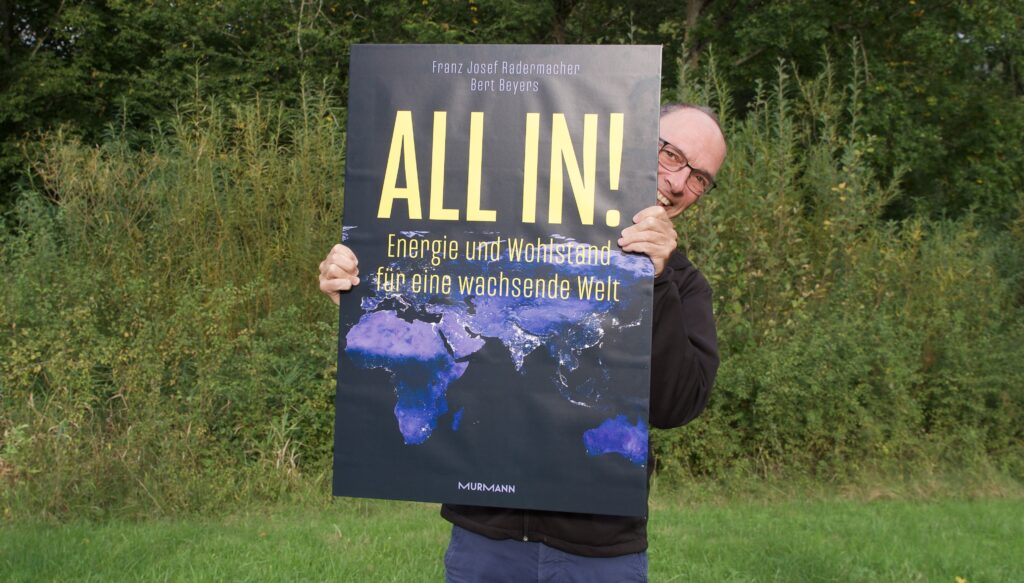We have updated our website and made it more informative with a clearer design. If you like, take a look!
At this point, some news of the last few weeks will be addressed which, from GES’ point of view, are reason for hope because they contain building blocks of a possible global solution and / or could help to develop a realistic view of the challenges ahead of us.
China is now the new offshore wind giant. This is according to the annual report of the World Forum Offshore Wind. Last year, offshore wind turbines with a total capacity of 15.7 gigawatts were installed worldwide, 12.7 GW of which in China alone. In 2021, the German increase was zero.
H2opZee is the name of a project by RWE and the British gas producer Neptune Energy in the North Sea off the Netherlands. A hydrogen production plant with an electrolysis capacity of 300 to 500 megawatts is to be built there by 2030. The electricity will be supplied by offshore wind turbines. The hydrogen will also be produced offshore and brought onshore via an existing gas pipeline.
Negative emissions and CCS is the new big acceptance topic in Germany, said Economics State Secretary Patrick Graichen at the presentation of the first annual report of the Climate Protection Science Platform. Federal Research Minister Bettina Stark-Watzinger took the opportunity to say that technology openness is the most important principle for achieving climate neutrality.
CO2-Syn is the name of a joint project between science and business that addresses the material utilisation of carbon dioxide (CCU) from cement production. CO2 is to be used, for example, to develop basic chemicals such as olefins and higher alcohols. The Heidelbergcement Group is also building a large CO2 capture plant in Norway, with a capacity of 400,000 tonnes of CO2. See also the GES interview with SCHWENK Zement.
According to research by the International Energy Agency (IEA) global methane emissions are significantly higher than stated by the states – namely around 70 percent. See the GES paper on the background and countermeasures.




